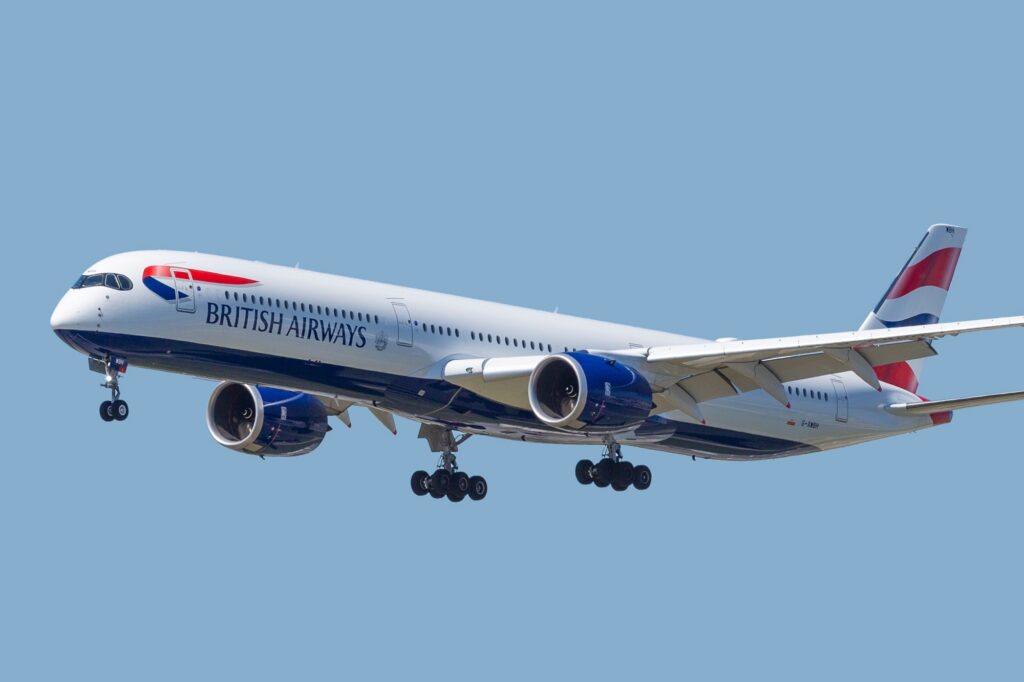The European Union Aviation Safety Agency (EASA) has issued an emergency airworthiness directive requiring one-off on-wing inspections of all Rolls Royce Trent XWB97 engines fitted to Airbus A350-1000 engines.
The order comes following the incident involving a Cathay Pacific Airbus A350-1000 (registered B-LXI) on September 2, 2024, when the crew was forced to shut down an engine following an inflight fire on a flight between Hong Kong and Zurich. The crew managed to extinguish the fire, and the aircraft subsequently made an emergency landing back in Hong Kong.
Early investigations by Cathay Pacific engineers assisted by investigators from the Hong Kong Air Accident Investigation Authority back on the ground identified the cause of the fire as a damaged fuel manifold main fuel hose. The fuel hoses, which are common to all Rolls Royce Trent XWB97 engines fitted to A350-1000s fall under the EASA directive which calls for fleet-wide inspections to be performed by airline operators.
The airline has since revealed that checks carried out on other aircraft since the incident revealed similar issues with the same component fitted to other engines. All the carrier’s A350-1000s were immediately grounded. Some have since returned to service following an inspection while others are waiting for replacement hoses to be fitted.

The regulator has ordered that all engines undergo full inspection within 30 days of the Airworthiness Directive being issued which is October 9, 2024. However, engines that fall within two subgroups must be inspected sooner than this date.
Engines that satisfy the following criteria must be checked within three days, which is by September 12, 2024 –
Engines that have accumulated 18, 500 engine hours or over since new and that have undergone two or more previous significant maintenance checks in that time; or
Engines that have accumulated 2, 300 engine cycles or more since new and that have undergone two or more previous significant maintenance checks in that time.
However, engines that fall outside of the above criteria must undergo a full check within seven days (September 16, 202. This includes all engines that fall outside of the above categories but have had a previous significant maintenance check in that time.

EASA has announced that further inspection of the faulty fuel manifold main hose installed on the Cathay Pacific aircraft is ongoing and its findings will be published once that investigation is complete. Meanwhile, The Air Current has revealed that the faulty hoses are manufactured by Parker Aerospace whose processes are likely to come under further scrutiny as the investigative process continues.
So far, the Airworthiness Directive is limited to the XWB97 engines that are fitted to the Airbus A350-1000 variant. Rolls Royce Trent XWB84 engines fitted on the shorter A350-900 variant are unaffected by the Directive.
Cathay Pacific currently operates 18 A350-1000s and 30 A350-900s. Out of the larger variant, Cathay expects all its aircraft to be back in service by Saturday, September 7, 2024, once the mandatory checks have been completed and replacement hoses fitted where necessary.
According to ch-aviation, there are currently 87 Airbus A350-1000 in service with a total of eight carriers worldwide. Out of those airlines, Qatar Airways operates the largest fleet with 24 in service with the Middle Eastern carrier. It is followed by British Airways and Cathay Pacific with 18 apiece, while Virgin Atlantic in the UK has 12 in service. Japan Airlines and Etihad each operate five examples while French carriers Air Caraibes has three and French Bee, has two.

